 1988 BMW M5 (E34) Dimensions, Size & Specs
1988 BMW M5 (E34) Dimensions, Size & SpecsMeasurements of the 1988 BMW M5, engineered for optimal performance and comfort
| Dimensions | |
|---|---|
| Length: | 4720 mm185.8 in15.5 ft |
| Width: | 1751 mm68.9 in5.7 ft |
| Height: | 1392 mm54.8 in4.6 ft |
| Trunk Capacity: | 460 liter16.2 cu ft |
| Weight Specifications | |
| Curb Weight: | 1650-1670 kg3638-3682 lbs |
| Maximal permitted Weight: | 2100-2150 kg4630-4740 lbs |
| Roof Load: | 100 kg220 lbs |
| Tire Specifications | |
| Rims Sizes: | 17-inch rims:
|
| Tire Sizes: |
|
The BMW M5 (E34), produced from 1988 to 1994, stands as an iconic high-performance sedan that perfectly blends luxury with sportiness. This second-generation M5 boasts a classic sedan body style with a length of 4720 mm (185.8 inches), a width of 1751 mm (68.9 inches), and a height of 1392 mm (54.8 inches), reflecting its balanced and sleek design. The vehicle’s curb weight ranges between 1650 kg to 1670 kg (3638 to 3683 lbs), contributing to its agile yet stable handling dynamics. It supports a maximum allowable weight between 2100 kg and 2150 kg (4629 to 4741 lbs), which includes passengers and cargo payload. The BMW M5 E34 offers a generous luggage capacity of 460 liters (16.2 cubic feet), making it practical for everyday use as well as spirited drives. The roof load capacity is rated at 100 kg (220 lbs), suitable for mounting roof racks or carrying extra cargo. In terms of wheels, this model comes equipped with rims sized 8J x 17 and 9J x 17 inches, paired with tire sizes 235/45 R17 and 250/40 R17, emphasizing its sporty stance and optimal road grip. The E34 generation M5 is recognized for its blend of classic design, powerful performance, and practical dimensions that appeal to enthusiasts looking for a true driver’s sedan. These dimensions and specifications make the E34 M5 an excellent reference point for car size comparison and highlight its place in BMW’s rich M-series legacy.
Discover the standout features that make the 1988 BMW M5 a leader in its class
Have a question? Please check our knowledgebase first.
The BMW M5 (E34) sedan, produced between 1988 and 1994, measures 4720 mm (185.8 inches) in length, 1751 mm (68.9 inches) in width, and stands 1392 mm (54.8 inches) tall. These dimensions positioned it as a mid-sized performance sedan of its era, allowing for a balance between interior space and a relatively agile footprint on the road.
The curb weight of the BMW M5 (E34) ranges between 1650 kg to 1670 kg (3638 to 3683 pounds). This weight reflects a solid build with performance elements, such as enhanced suspension and braking components. The weight distribution and mass provide a stable ride and contribute to its renowned handling capabilities while maintaining enough heft to offer substantial road presence and driving confidence.
At 1751 mm (68.9 inches) wide, the BMW M5 (E34) is relatively narrow compared to many modern performance sedans. This narrower width compared to more contemporary standards makes it more maneuverable and easier to navigate through narrow city streets and tighter parking spaces, enhancing its practicality as a daily driven performance sedan in urban environments.
Yes, the BMW M5 (E34) should fit comfortably into a standard residential garage. With its length of 4720 mm (185.8 inches), width of 1751 mm (68.9 inches), and height of 1392 mm (54.8 inches), it falls within typical garage clearance dimensions. Most standard garages are around 2400 mm (94.5 inches) wide and 4800 mm (189 inches) deep, so the E34 M5’s size allows for ample space for doors to open and comfortable parking.
The BMW M5 (E34) has a luggage capacity of 460 liters (16.2 cubic feet), which is quite generous for a performance sedan of its time. This space can accommodate several suitcases and travel bags, making it suitable for longer trips or weekend getaways. Additionally, the trunk’s wide opening and practical shape enhance usability, balancing the M5’s sporty character with everyday practicality.
The BMW M5 (E34) typically comes with rims sized 8J x 17 and 9J x 17, paired with tires sized 235/45 R17 and 250/40 R17. These wide rims and low-profile tires improve grip and cornering stability while maintaining ride comfort. The staggered tire setup, with wider tires at the rear, contributes to balanced traction and driveshaft efficiency, which enhances the performance driving dynamics characteristic of the M5 lineage.
Compared to its predecessor, the BMW M5 (E28), produced from 1984 to 1988, the E34 generation is larger and heavier. The E28 M5 was approximately 4620 mm (181.9 inches) long and weighed around 1550 kg (3417 pounds), making the E34 about 100 mm (4 inches) longer and about 100-120 kg (220-265 pounds) heavier. These increases provided more interior space and improved ride comfort but slightly impacted agility, traded off for enhanced stability and sophistication.
Dimensionally, the BMW M5 (E34) often compares favorably against contemporaries like the Mercedes-Benz 190E 2.5-16 Evolution II and the Audi S4 of the early 1990s, being similar in length but with slightly wider track width for improved handling. Performance-wise, the E34 M5’s inline-6 engine delivering about 315 hp provided strong acceleration and driving dynamics that balanced power and handling, often placing it ahead or on par with competitors in the sports sedan segment.
The maximum weight of the BMW M5 (E34) ranges between 2100 kg to 2150 kg (4629 to 4740 pounds). This figure represents the gross vehicle weight rating (GVWR), including passengers, cargo, and vehicle weight. When fully loaded, careful distribution of weight is crucial to maintain optimal handling and braking performance. It ensures the car performs safely even under maximum allowable passenger and luggage capacities.
The BMW M5 (E34) has a roof load capacity of 100 kg (220 pounds), allowing it to safely accommodate roof racks or cargo carriers. This makes it practical for additional luggage transport, such as ski racks or cargo boxes, without compromising vehicle stability or safety. However, it is important to ensure that the load is evenly distributed and that the attachment systems are securely installed to avoid damage or undue stress to the roof structure.
Discover similar sized cars.

| Model Year: | 1978 |
|---|---|
| Length: | 4705 mm185.2 in |
| Width: | 1722-1730 mm67.8-68.1 in |
| Height: | 1410 mm55.5 in |
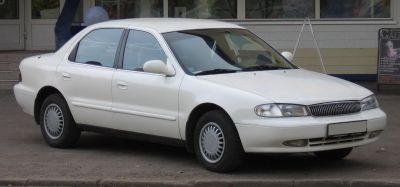
| Production: | 1996-1998 |
|---|---|
| Model Year: | 1996 |
| Length: | 4696 mm184.9 in |
| Width: | 1770 mm69.7 in |
| Height: | 1420 mm55.9 in |
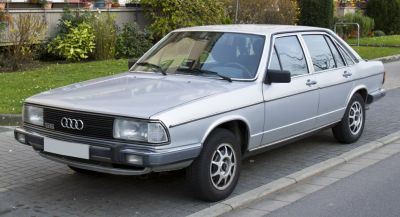
| Production: | 1979-1982 |
|---|---|
| Model Year: | 1979 |
| Length: | 4683 mm184.4 in |
| Width: | 1768 mm69.6 in |
| Height: | 1390 mm54.7 in |
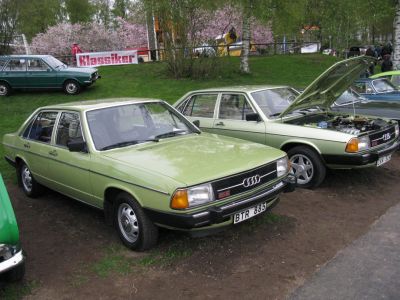
| Production: | 1976-1979 |
|---|---|
| Model Year: | 1976 |
| Length: | 4680 mm184.3 in |
| Width: | 1768 mm69.6 in |
| Height: | 1390 mm54.7 in |
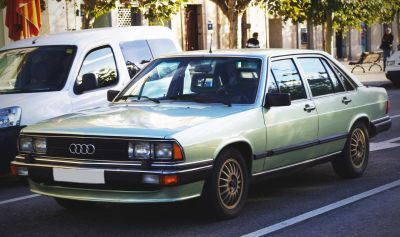
| Production: | 1979-1982 |
|---|---|
| Model Year: | 1979 |
| Length: | 4695 mm184.8 in |
| Width: | 1768 mm69.6 in |
| Height: | 1390 mm54.7 in |

| Production: | 2012-2014 |
|---|---|
| Model Year: | 2012 |
| Length: | 4729 mm186.2 in |
| Width: | 1782 mm70.2 in |
| Height: | 1465 mm57.7 in |
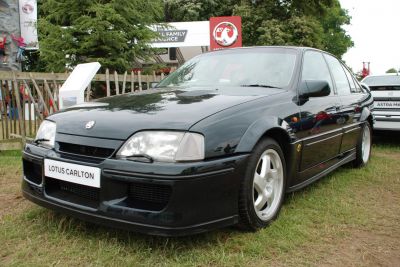
| Production: | 1986-1994 |
|---|---|
| Model Year: | 1986 |
| Length: | 4768 mm187.7 in |
| Width: | 1933 mm76.1 in |
| Height: | 1435 mm56.5 in |
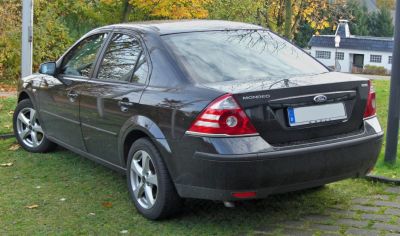
| Production: | 2001-2007 |
|---|---|
| Model Year: | 2001 |
| Length: | 4731 mm186.3 in |
| Width: | 1812 mm71.3 in |
| Height: | 1429 mm56.3 in |
